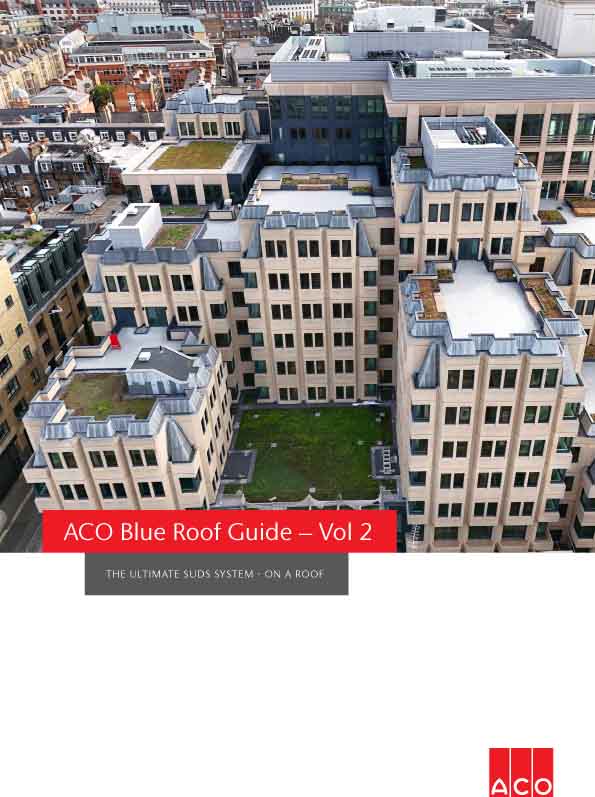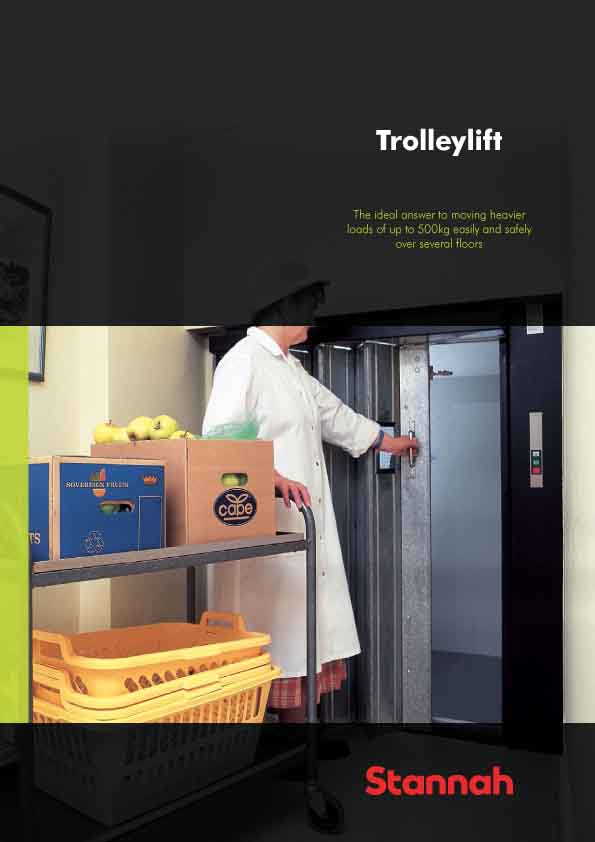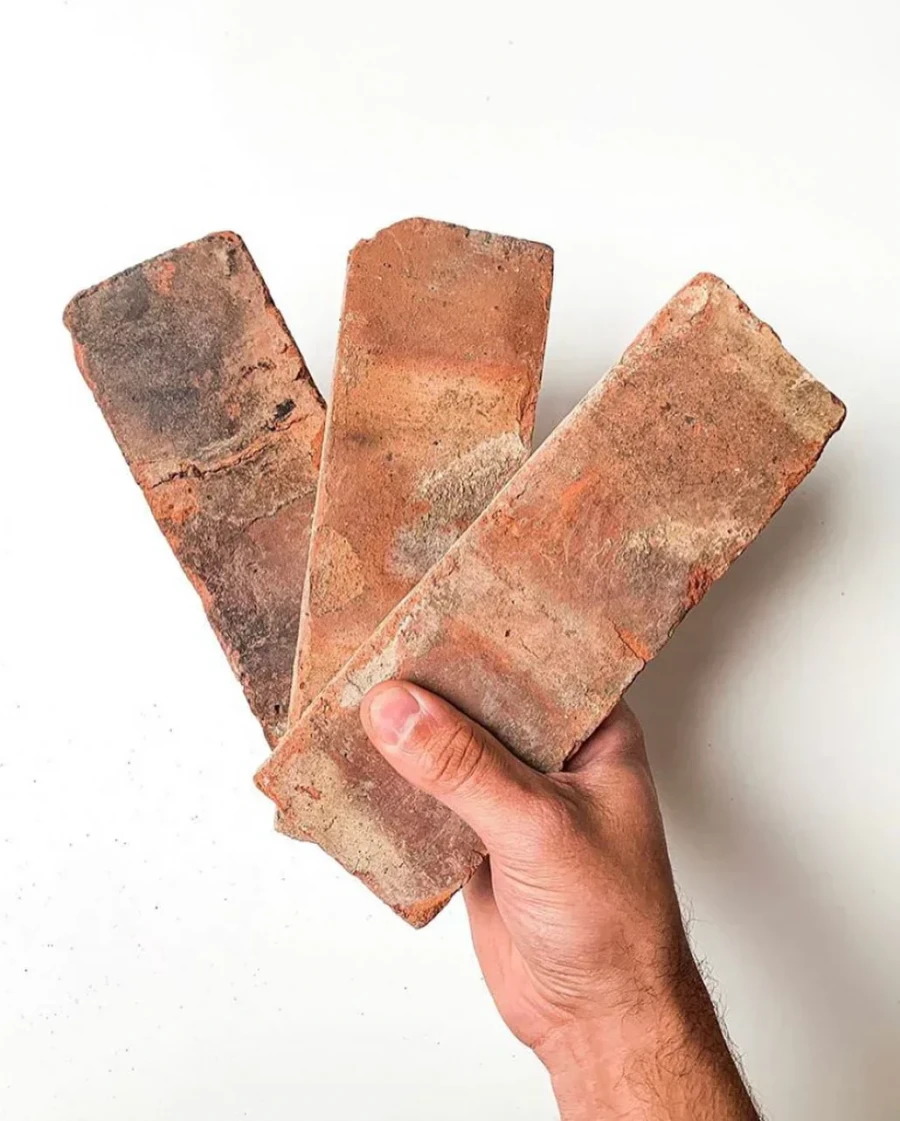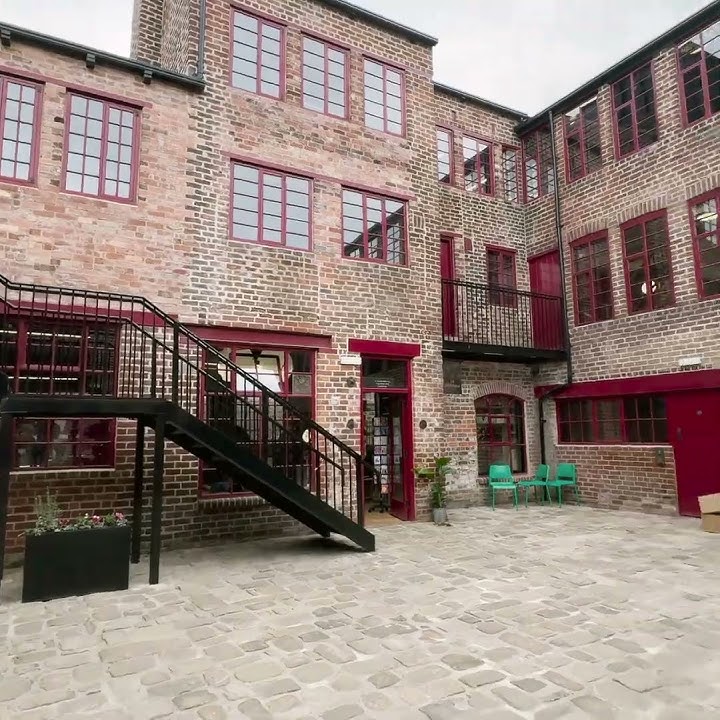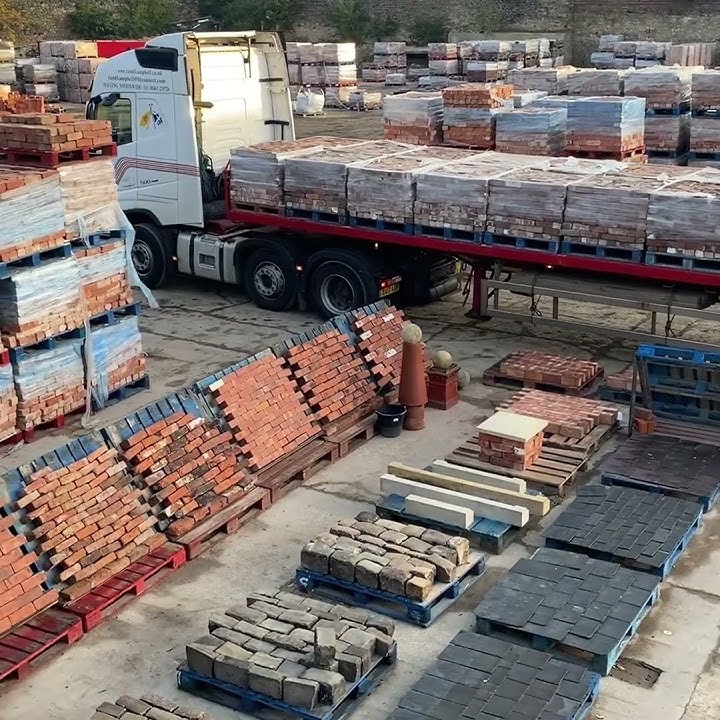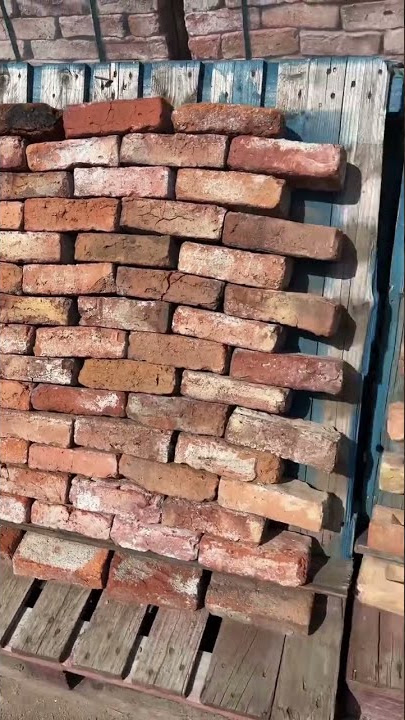The Chartered Institute of Environmental Health (CIEH) has welcomed the introduction of Awaab’s Law but is concerned about how it will operate in practice.
Awaab’s Law requires landlords to respond to “significant” and “emergency” hazards within specified timeframes. This law will come into force in the social rented sector on 27 October for significant damp and mould hazards and all emergency hazards.
CIEH is concerned that the enforcement of Awaab’s Law will depend, ultimately, on the ability and willingness of tenants to take direct legal action against their landlords. The organisation says it is often difficult for tenants to take legal action themselves. It suggests that taking such action will be particularly challenging for the most vulnerable tenants, who are likely to suffer the most as a result of poor housing conditions.

CIEH is also concerned about a lack of clarity over what constitutes a significant hazard or an emergency hazard and over who is competent to conduct the required investigation of these hazards. It says the resulting ambiguities and loopholes are such that tenants will be able to obtain clarification only through litigation and caselaw. The organisation suggests the lack of clarity will reduce the impact of Awaab’s Law and the potential of this law to protect vulnerable tenants.
Another concern of CIEH is the absence of any clear requirement for those carrying out the investigations to have been trained in the use of the Housing, Health and Safety Rating System (HHSRS), which is the risk-based evaluation tool used by local authorities to assess housing hazards.
CIEH notes that, given the wide variety of forms in which hazards can arise, the problem of lack of clarity over what constitutes a significant or emergency hazard is not removed by the inclusion of examples in government guidance for landlords.
Further information about the views of CIEH on Awaab’s Law can be found here (see paragraphs 14-19 and 57).
Mark Elliott, President of the Chartered Institute of Environmental Health, said: “We welcome Awaab’s Law as a means of tackling poor housing conditions but are concerned that the most vulnerable tenants are the ones least likely to be able to use the tools in this law.
“We want to see a much greater focus on enabling local authorities to enforce existing legislation and a consolidation of existing legislation.
“We also want to see more awareness and better resourcing of the crucial role played by environmental health practitioners in tackling poor housing conditions in all types of tenure and thereby reducing ill health and saving lives.”










